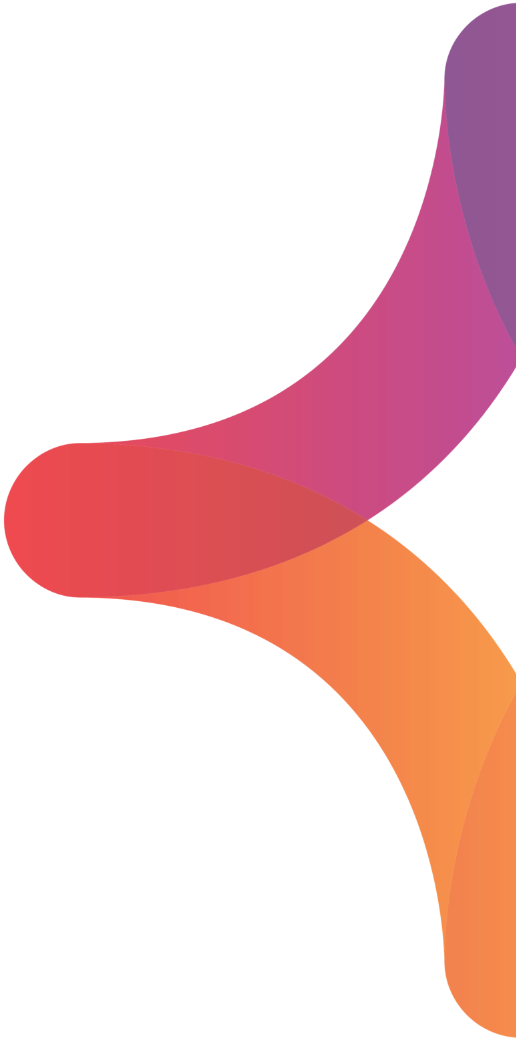
The young brain can learn a wide diversity of new facts and skills and store these for life. The downside is that when learning events go wrong during development, the consequences can last a lifetime. The Levelt laboratory is therefore interested in how juvenile and adult learning differ and how adult learning can be enhanced. This would be of great benefit for the treatment of disorders that originate in the developing brain.
Using plasticity in the mouse visual cortex as a model, it has become clear that maturation of inhibitory innervation is one of the key regulators of plasticity during brain development. How inhibitory inputs regulate cortical plasticity in the young and adult brain is not well understood, however. To find out, the Levelt lab uses a combination of optical, electrophysiological and genetic tools to measure how specific inhibitory networks in the visual cortex change with learning, and how they influence it.
Using in vivo two-photon microscopy, the Levelt lab recently discovered that in contrast to excitatory synapses, inhibitory synapses remain highly plastic in the adult visual cortex. This exciting new insight raises many important questions. First of all, the Levelt lab wants to understand what the functional consequences are of this plasticity of inhibition. Possibly, inhibitory inputs can directly change how information is processed in the visual cortex thus causing it to adapt to new tasks or functions. But it is also possible that inhibition regulates plasticity levels, thereby allowing the visual cortex to adapt more easily.
Another question the Levelt lab is addressing is how different subsets of interneurons are involved in this process. The neocortex contains a large diversity of interneuron subsets, but their exact roles in regulating information processing and learning are not well understood. This question is being addressed by making use of optogenetics. This technique makes it possible to alter the influence of different interneuron subsets on responsiveness and plasticity of the visual cortex, as illustrated in Figure 1.
Ultimately, the Levelt lab wants to understand how the influence of inhibitory synapses on cortical learning changes from development into adulthood, and how this can be reversed. As many developmental disorders of the CNS, ranging from a lazy eye to schizophrenia and autism, are associated with altered inhibitory innervation this line of research may open new avenues towards developing effective therapies.
Figure 1: Optogenetics is used to probe the effects of basket cell-meditated inhibition on the responses of excitatory neurons in the visual cortex. Archaerhodopsin is expressed in parvalbumin expressing basket cells. This allows one to reduce their input onto excitatory neurons in the visual cortex by shining yellow light onto the brain of the mouse. The responses of a neuron to visual stimuli of different orientations are shown (black line). Reducing inhibitory inputs increases the responses of the neuron, without altering its preferred orientation (blue line).
Additional information and articles
Vacancies
At the moment, there are no vacancies within this group
Show all vacancies
Contact
"*" indicates required fields
Donate to NiN
"*" indicates required fields
Brain Friends make groundbreaking brain research possible
- You support groundbreaking/ innovative brain research
- You support the Dutch Brain Bank
- Invitation to the Brain Friends Lecture
- Exclusive friend activities
- A look behind the scenes of the Netherlands Institute for Neuroscience
You can easily donate via
You can also transfer your contribution to NL76 INGB 0002 1673 78 in the name of ‘Stichting Vrienden van het Herseninstituut’
Support our work!
The Friends Foundation facilitates groundbreaking brain research. You can help us with that.
Support our work